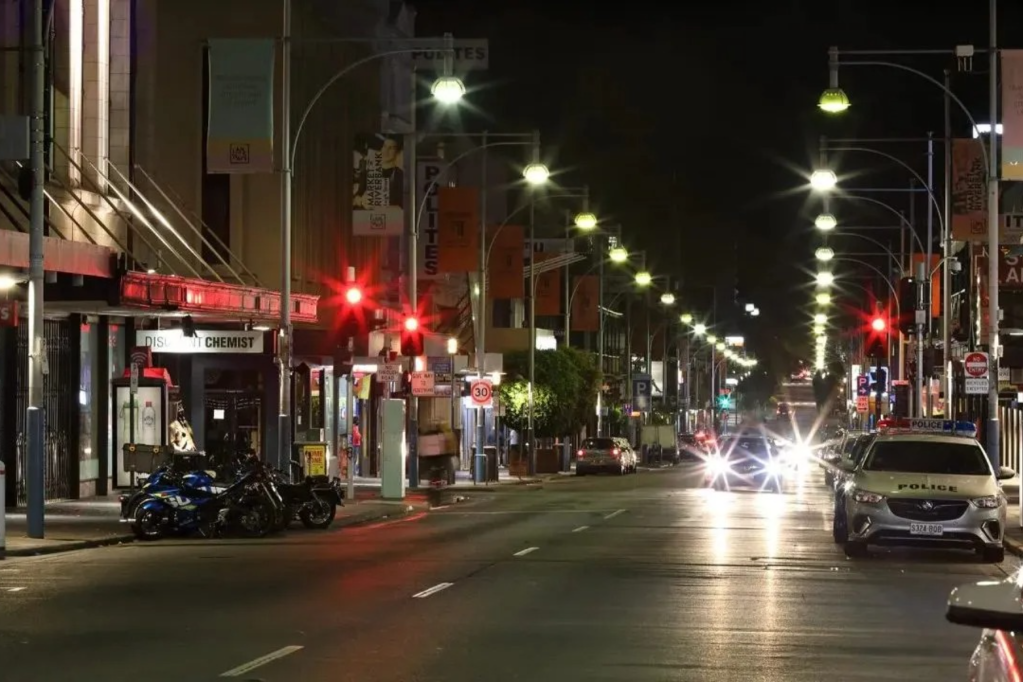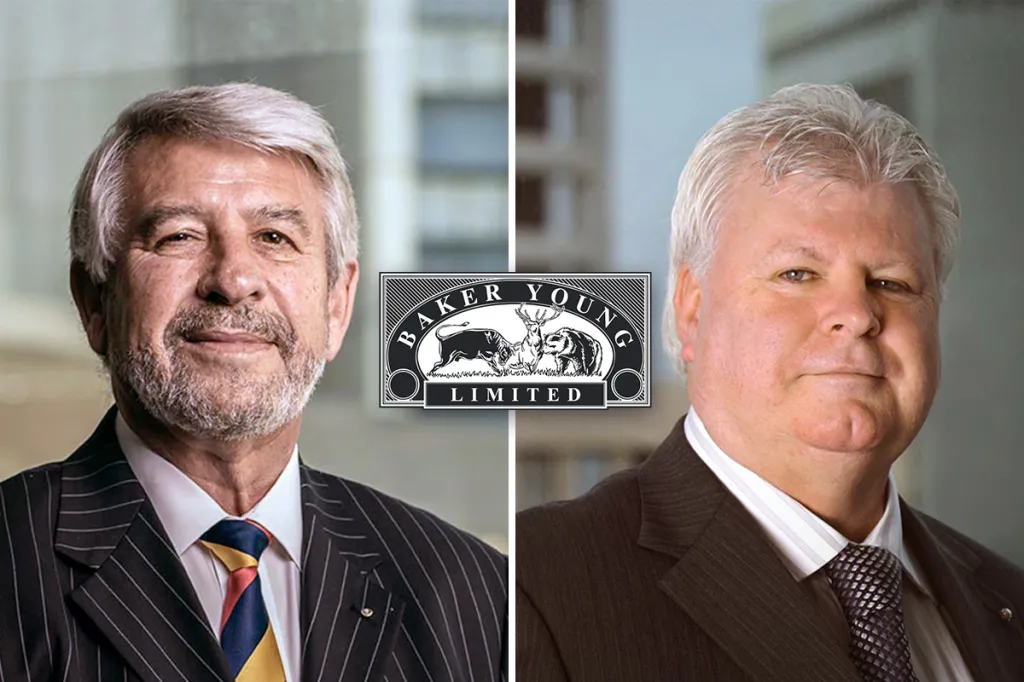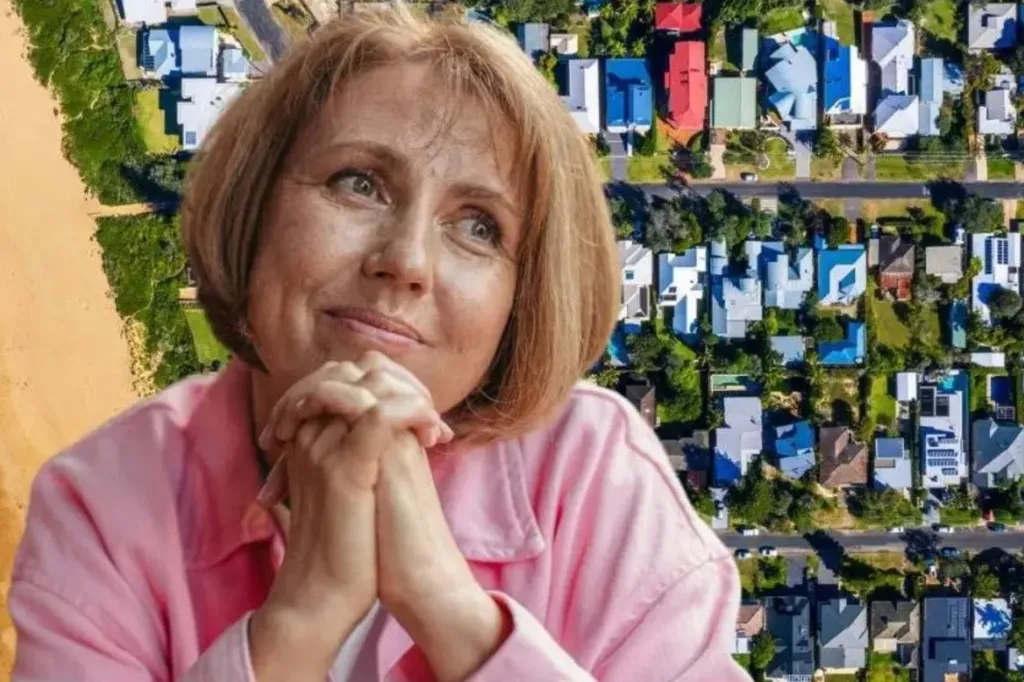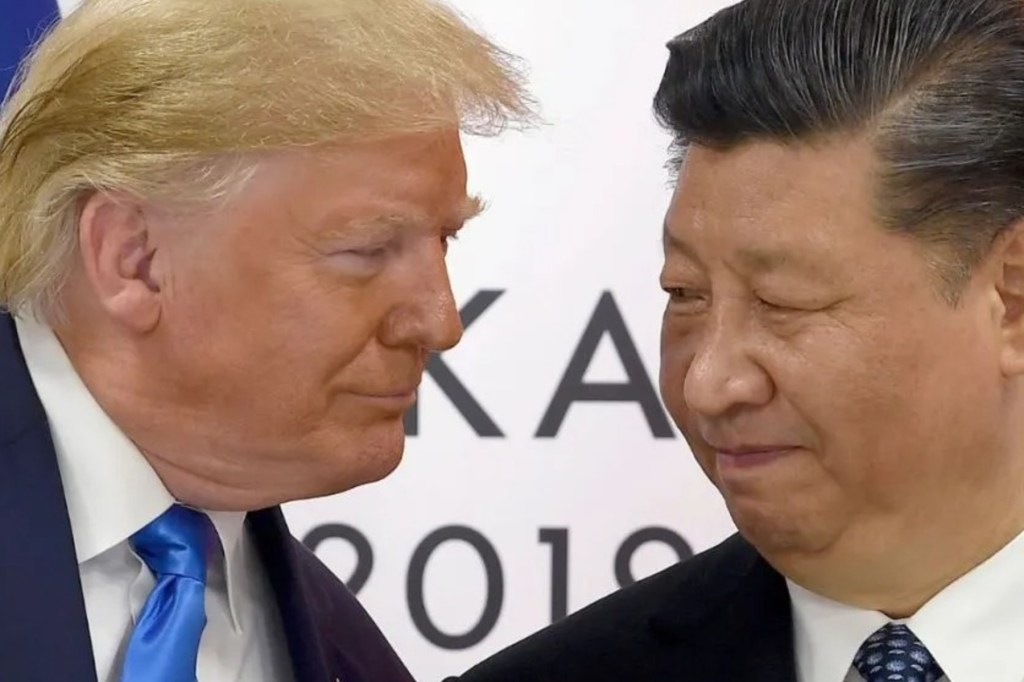Hindley Street vacancy rate falls from historic high
Having hit a record-high vacancy rate earlier this year, there are signs of improvement on Adelaide’s entertainment strip after a few businesses took up leases.

The rate of vacancy on Hindley Street has improved slightly according to new JLL data, but the night-time economy “remains challenged”.
The vacancy rate in Q3 2024 was 17.9 per cent, down from 18.1 per cent in Q1, which was a record high at the time.
JLL said the decrease was attributable to new hospitality offerings and event spaces such as Belles Hot Chicken, El Santo Latino bar, event space McGregor’s and gallery Household.
It was the only Adelaide high street where the vacancy rate fell in Q3, with the blended vacancy rate increasing by 0.4 percentage points to 7.7 per cent in Q3 2024.

Source: JLL
You might like
JLL said the number of pubs, taverns and bars (excluding adult venues) on Hindley Street has fallen from 29 to 24 over the last 12 months.
“More broadly, the night-time economy along Hindley Street remains challenged,” report author and JLL director of research Rick Warner said.
“Over the last six months, long-standing pub The Rosemont Hotel ceased trading after the current operator relinquished its lease.
“This follows a wave of closures earlier in the year where venues like Enigma Bar, Red Square and others also closed doors.”
Stay informed, daily
The vacancy rate was stable on Rundle Street in the CBD, The Parade at Norwood and Prospect Road in Prospect.
It rose on O’Connell Street in North Adelaide, King William Road in Goodwood and on Jetty Road in Glenelg.
According to Warner, The Parade “remains the most in-demand location among all tracked retail high streets”, with the vacancy rate stable at 2.6 per cent.
“There are multiple high-density residential projects along the strip currently under construction that will further support retail trade over the medium-term.”
Warner added that retail trade growth in South Australia had fallen behind other states at 2 per cent – above New South Wales (0.7 per cent) and Victoria (1.7 per cent), but below Western Australia (3.2 per cent) and Queensland (2.6 per cent).
“The largest drag on broader retail trade growth has been spending on fashion,” he said.
“SA’s labour force is also rebalancing, which is likely to place further downward pressure on retail trade over the short-term.”








